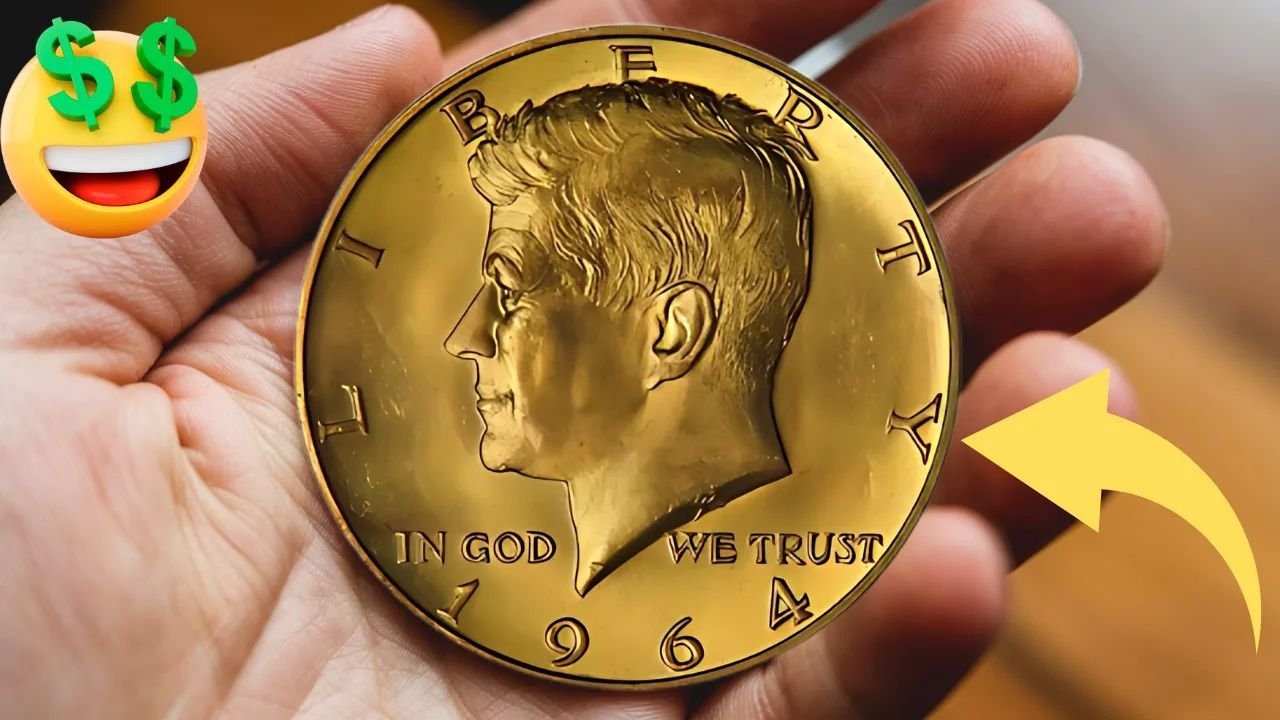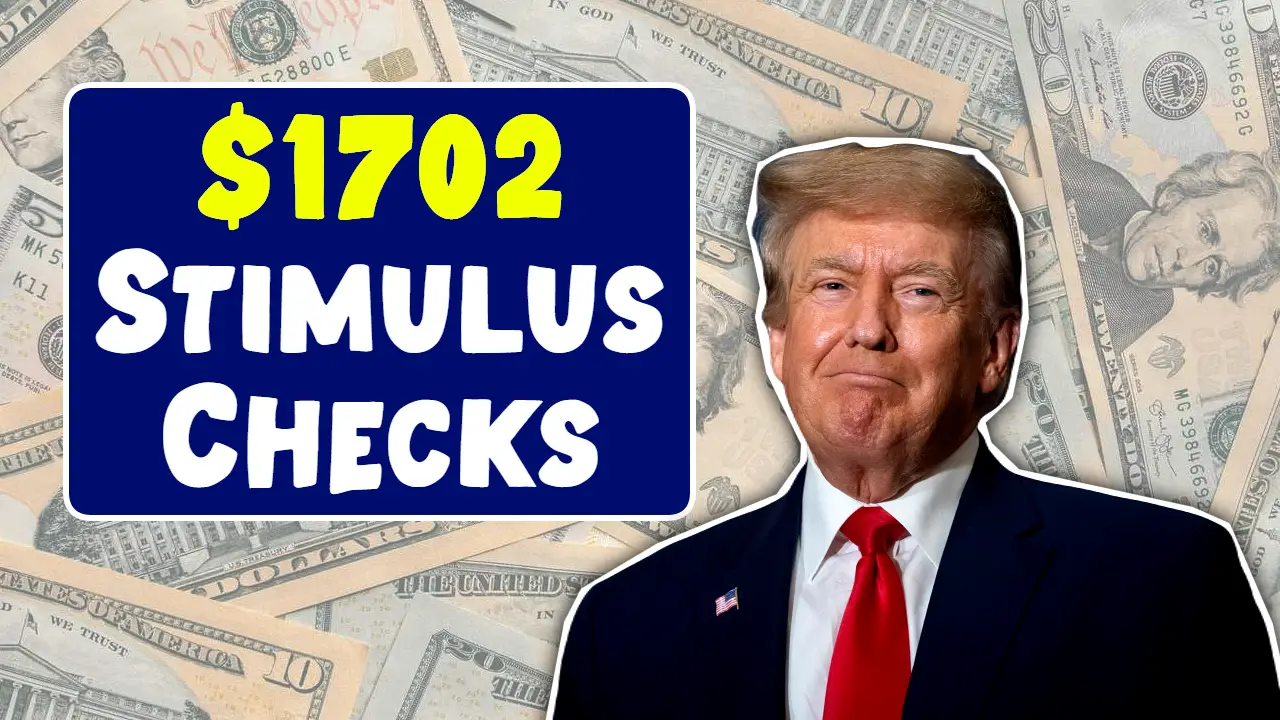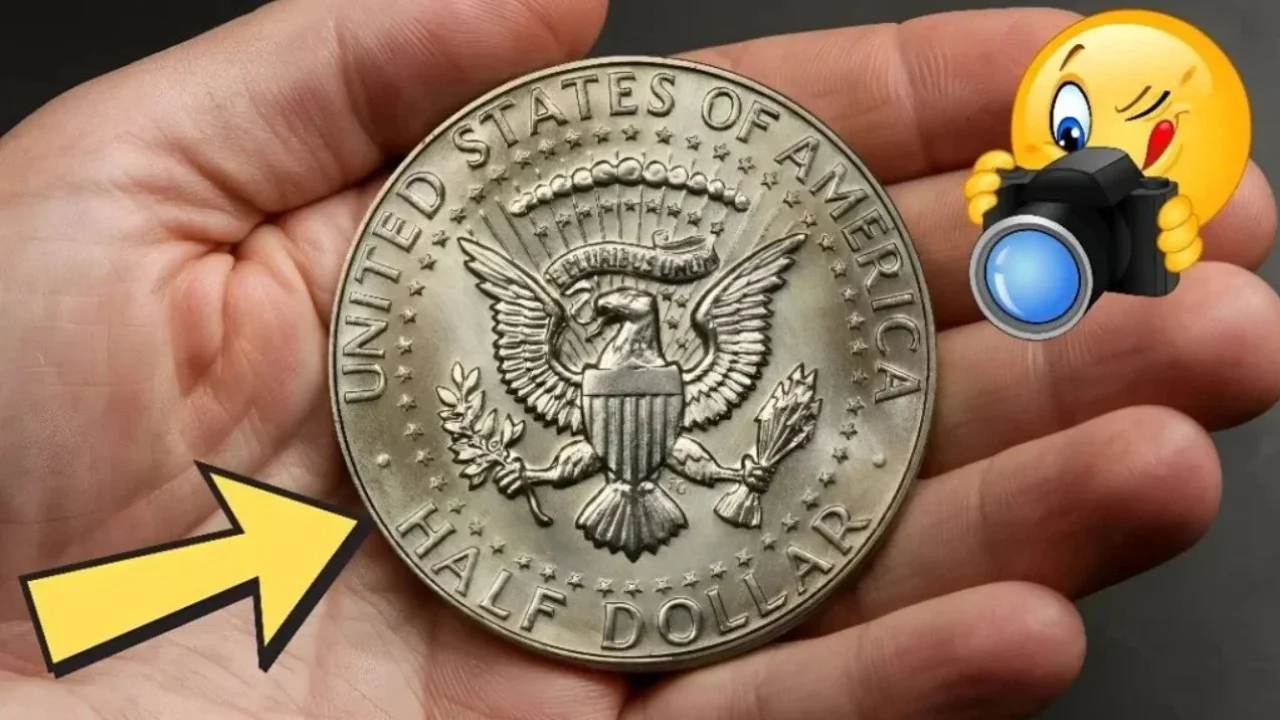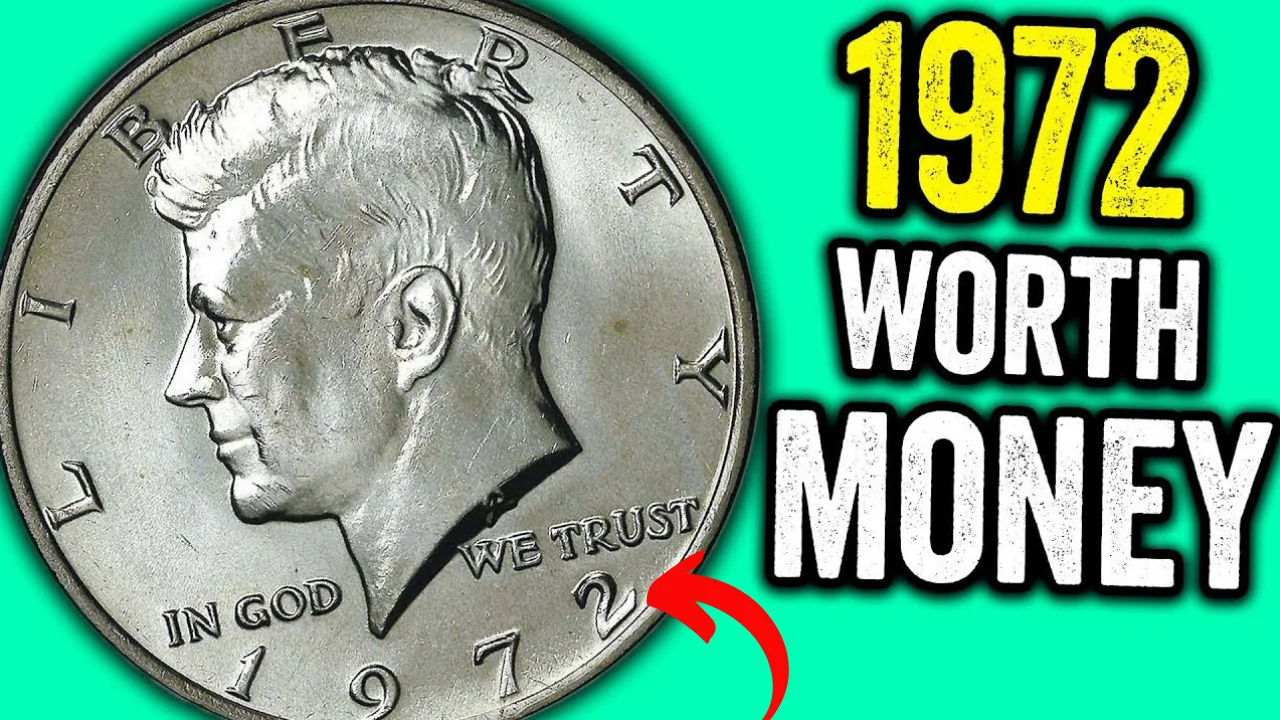Found in Grandpa’s Toolbox: The Kennedy Coin That’s Now Worth Over $50,000
Sometimes, the most valuable treasures are hidden in the most unexpected places. That’s exactly what happened when a family stumbled upon an old Kennedy Half Dollar coin in their late grandfather’s toolbox. What seemed like an ordinary coin at first turned out to be worth more than $50,000 today. This rare find has now sparked interest among coin collectors and everyday people alike, with many now checking their old coin jars and toolboxes in hopes of striking gold—literally.
Let’s take a closer look at what makes this particular Kennedy coin so valuable, how to identify one, and what to do if you think you have something similar.
Better Latest Content: Kennedy Half Dollar Coin Overview
| Feature | Details |
|---|---|
| Coin Type | Kennedy Half Dollar |
| Year of Issue | Mainly 1964 (Rare versions in other years too) |
| Metal Composition | 90% Silver (1964); 40% Silver (1965–1970) |
| Estimated Value | Up to $50,000+ for rare variants |
| Reason for High Value | Mint errors, low mintage, high silver content |
| Weight | Around 12.5 grams |
| Diameter | 30.6 mm |
| Found In | Old toolbox in a family garage |
| Coin Condition | Near Mint |
| Collectors’ Demand | Extremely high for rare editions |
The Story Behind the Rare Find
The discovery happened when a family was cleaning out their grandfather’s belongings after his passing. In a dusty metal toolbox, alongside screws, bolts, and old pliers, they found an unusual-looking half-dollar coin. The year stamped on it was 1964, and it had a unique shine, heavier weight, and a different feel compared to modern coins.
Curious, they decided to have the coin checked by a local coin dealer, only to discover it was a rare mint error Kennedy Half Dollar—one of the most sought-after coins among collectors today. The estimated value? Over $50,000, depending on its condition and certification.
History of the Kennedy Half Dollar
The Kennedy Half Dollar was first issued in 1964, shortly after the assassination of President John F. Kennedy. The coin was introduced to honor him and quickly became a symbol of respect and remembrance across the United States.
The 1964 version is special because it was the only year the coin was struck in 90% silver, making it particularly valuable in both historical and material terms. Later versions (1965–1970) contained 40% silver, and post-1971 coins were made with base metals, reducing their silver value.
Over the years, certain versions of the coin—especially those with **minting errors, proofs, or limited circulation—**have grown in value significantly.
What Makes This Coin Worth Over $50,000?
There are a few factors that drive up the price of rare coins like the Kennedy Half Dollar found in the toolbox:
-
Minting Errors: Some coins were accidentally struck with incorrect dies, missing features, double stamps, or off-center designs. These are highly rare and in great demand.
-
Limited Production: Certain years had fewer coins minted or special “proof” versions made only for collectors.
-
Silver Content: The 1964 Kennedy coin is made of 90% silver, which by itself adds significant melt value. Combine that with rarity, and the value goes much higher.
-
Condition: Coins that are untouched, shiny, and free of scratches—referred to as “uncirculated” or “mint condition”—are always more valuable.
-
Authentication: Coins that are verified and graded by organizations like PCGS or NGC often fetch a much higher price in auctions.
How to Identify a Rare Kennedy Half Dollar
You might be wondering if you have a valuable Kennedy Half Dollar lying around. Here’s what to check:
-
Look at the Year: Start with coins from 1964 to 1970, as these have silver content. Anything from 1964 is worth looking into.
-
Check the Mint Mark: Letters like “D” (Denver) or “S” (San Francisco) are important. Some no-mint-mark versions are very rare too.
-
Inspect for Errors: Use a magnifying glass to check for any odd details like doubled images, missing features, or misalignments.
-
Weigh the Coin: A 1964 silver coin should weigh about 12.5 grams. If it’s noticeably lighter or heavier, that could be a clue.
-
Get It Graded: If you believe your coin is rare, have it authenticated by a professional coin grading service.
What To Do If You Find One
If you think you’ve found a potentially valuable Kennedy Half Dollar:
-
Don’t Clean It – Cleaning a coin can reduce its value dramatically.
-
Store It Safely – Use a coin holder or soft pouch to prevent scratches.
-
Do Some Research – Compare with online listings or check auction prices.
-
Get a Professional Opinion – Visit a trusted coin dealer or grading company.
-
Consider Selling – You can sell rare coins through auctions, online marketplaces, or collector communities.
FAQs about the $50,000 Kennedy Coin
Q1. How do I know if my Kennedy Half Dollar is rare?
A: Check the year, mint mark, silver content, and condition. Rare versions usually come from 1964 or have minting errors.
Q2. Are all 1964 Kennedy Half Dollars valuable?
A: While all have some silver value, only coins in mint condition or with rare errors can be worth thousands.
Q3. Can I find these coins in circulation today?
A: It’s very rare, but some may still be found in old coin jars, inherited collections, or forgotten storage boxes.
Q4. Should I clean the coin before selling?
A: No. Cleaning can damage the surface and significantly reduce its value to collectors.
Q5. Where can I sell a valuable coin?
A: Reputable coin dealers, certified auctions, and online platforms that specialize in collectibles are your best options.
Final Verdict
The discovery of a Kennedy Half Dollar worth over $50,000 in an old toolbox is more than just a lucky find — it’s a reminder that history and value often go hand in hand. What may seem like ordinary change could turn out to be a collector’s dream.
If you’ve inherited coins or have old ones lying around, now’s the time to take a closer look. The market for rare coins is growing, and you never know — you just might be sitting on a small fortune tucked away in a drawer, an attic, or, like in this story, your grandpa’s rusty old toolbox




